- Marubeni Corporation
- Green Rubber Energy
- Thailand
- tyre recycling
- ELT pyrolysis
- carbon black
- Mai Auapinyakul
- rCB
Marubeni Enters Thailand’s Recycling Space, Owns 32% Stake In GRE
- By Gaurav Nandi
- February 28, 2025
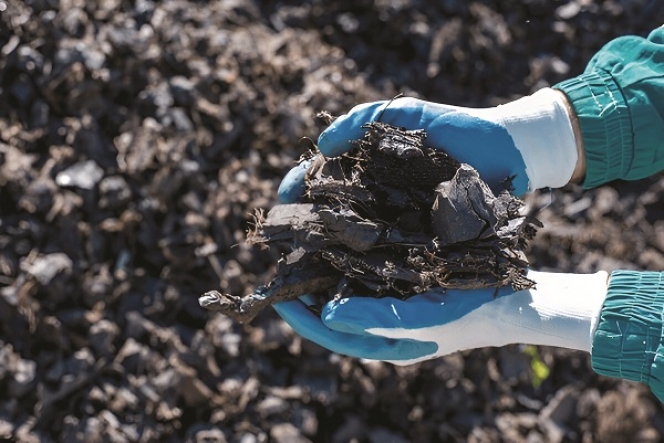
Marubeni Corporation has taken a significant step into Thailand’s tyre recycling industry by acquiring a 32 percent stake in Green Rubber Energy, an ELT pyrolysis company. This strategic partnership aims to address the tyre industry’s waste management challenges, foster sustainability and strengthen circular economy practices by producing high-quality recovered carbon black and other recycled materials.
Marubeni Corporation recently forayed into Thailand’s tyre recycling space with investing in Green Rubber Energy (GRE), an end-of-life tyre pyrolysis company headquartered in Samut Prakan.
Speaking to Tyre Trends on the partnership, GRE Chief Executive Officer Mai Auapinyakul said, “Marubeni, with its expansive upstream-to downstream network, has long sought to tackle the waste tyre challenge while addressing sustainability goals for major tyre manufacturers. GRE fills a critical gap in Marubeni’s strategy by stepping in as the recycler, a role previously missing in its ecosystem. The partnership between GRE and Marubeni is built on a foundation of trust, having worked together for over five years in the recovered carbon black (rCB) market. GRE’s expertise and Marubeni’s global reach create a natural synergy, fostering collaboration across the entire supply chain, from producers to recyclers.”
The executive revealed that Marubeni now holds a 32 percent stake in GRE, solidifying its entry into the ELT and tyre pyrolysis business in Thailand. While financial specifics remained undisclosed, she mentioned that this partnership is poised to significantly influence regional tyre recycling markets.
“GRE’s vision to lead as a key technological player in closing the circular economy loop aligns seamlessly with Marubeni’s strategy in tyre recycling. This collaboration marks a pivotal step in transforming the tyre industry’s linear supply chain characterised by ‘make, use and discard’ into a circular one focused on ‘use, remake and recycle’,” said Auapinyakul.
The recycler emphasised that a successful circular supply chain demands a seamless partnership among producers, users and recyclers. As tyre manufacturers push towards sustainability targets such as integrating recycled raw materials into their production processes by 2050, GRE plays a critical role in ensuring the quality and consistency of rCB.
“Recovered carbon black production is inherently tied to the formulation of input tyres, whether truck tyres, eco tyres or passenger car tyres. GRE’s approach underscores that ‘what goes in is what comes out’. Tyre manufacturers’ formulations directly influence the rCB quality GRE supplies back to the industry, making collaboration not just beneficial but essential,” said the executive.
 She added, “Marubeni’s extensive network within the tyre manufacturing industry opens new avenues for GRE to meet industry-grade rCB standards. This collaboration fosters innovation and quality assurance while expanding the dialogue on the broader adoption of rCB in both tyre and compounding industries.”
She added, “Marubeni’s extensive network within the tyre manufacturing industry opens new avenues for GRE to meet industry-grade rCB standards. This collaboration fosters innovation and quality assurance while expanding the dialogue on the broader adoption of rCB in both tyre and compounding industries.”
DEMAND FOR RCB GRE’s
ELT recycling process produces three primary commercial products that include rCB, tyre pyrolysis oil (TPO) and steel wires. The rCB produced is equivalent to N660-grade carbon black, offering a sustainable alternative for industrial applications. TPO serves as a versatile byproduct used in fuel and chemical production, while the steel wires extracted during the process are sold to recycling markets.
The company currently focuses on the regional market with most of its rCB distributed within Thailand. However, GRE has begun exporting small quantities of rCB to Malaysia and Japan, indicating the growing international interest in sustainable materials. While regional demand remains GRE’s core focus, the international market offers significant potential for expansion as global sustainability goals and regulations gain momentum.
“In Thailand, the initial demand for rCB was driven largely by its cost advantage over virgin carbon black. Over time, this has evolved as manufacturers, especially those exporting to the European Union, adapt to stringent sustainability regulations that prioritise the use of recycled raw materials. Today, major tyre manufacturers are increasingly incorporating rCB into their production processes to meet their long-term environmental targets, resulting in heightened demand for GRE’s products,” said the official.
Adopting rCB, however, comes with its challenges. “Unlike virgin carbon black, rCB is not a one-to-one replacement due to its molecular differences stemming from the recycling process. Manufacturers must adjust their formulations and production methods to ensure compatibility. This shift in the supply chain mindset requires close collaboration between GRE and tyre producers. GRE has been proactive in addressing this challenge by working with manufacturers to align on product specifications and processes, fostering a ‘two-way street’ approach to innovation,” said Auapinyakul.
Currently, GRE’s plant in Samut Prakan, Thailand, processes around 10,000 tonnes of ELT annually, with Mai Auapinyakul, CEO, Marubeni an output split of approximately 38 percent tyre pyrolysis oil, 32 percent recovered carbon black and 13 percent steel wires. While operating below its full capacity of 13,000 tonnes, GRE plans to scale production in the coming year to meet the rising demand for rCB. With the local market currently using rCB in a 10 to 90 percent ratio compared to virgin carbon black, GRE anticipates this will shift to 30 percent rCB and 70 percent virgin carbon black within five years, signalling a transformative change in the tyre and materials industries.
FINE TUNING
GRE claimed to have achieved notable advancements in stabilising the quality of rCB for tyre applications through the implementation of continuous pyrolysis technology. While pyrolysis itself is not a new innovation, GRE has tailored its processes to prioritise rCB production over TPO, a strategy that sets it apart from many batch pyrolysis operations that emphasise oil production. Over nearly a decade, GRE has fine-tuned its technology to meet the stringent quality and stability requirements of the tyre industry, ensuring the rCB produced is suitable for tyre manufacturing.
Moreover, the collaboration seeks to purify rCB and TPO leveraging technology from Germany’s RCB Nanotechnologies GmbH, in which Marubeni has invested. Commenting on the implementation, the executive averred, “While GRE has not yet worked directly with Germany’s RCB Nanotechnology, the potential for collaboration is significant. GRE sees this as an exciting opportunity to further enhance the quality of its rCB and expand into higher-grade products, unlocking greater value in the sustainable raw materials market. The collaboration is expected to align with GRE’s goal of increasing market share by offering diversified grades of rCB, supported by Marubeni’s investment and resources.”
ENSURING SUPPLY
According to the company, Thailand generates approximately 80,000 tonnes of ELTs annually, with an additional 25,000 tonnes of off-spec tyres classified as waste. Currently, the ELT volume is increasing at a rate of around five percent per year driven by rising vehicle use and tyre turnover. With Marubeni’s expanded network and GRE’s growing capacity, the percentage of ELTs recycled is expected to increase significantly, reducing environmental impact and advancing the circular economy within the region.
Furthermore, the collaboration seeks to ensure a steady supply of the ELTs to GRE. Commenting on the supply chain, Auapinyakul noted, “Marubeni’s involvement brings strategic advantages in securing a consistent supply of ELTs. By leveraging its extensive network, including partnerships with tyre retailers and service providers, Marubeni ensures a steady flow of ELTs for GRE. This network also connects GRE to tyre manufacturers, allowing the collection of off-spec tyres directly from production lines.” “This expanded supply chain not only guarantees raw materials for GRE’s increasing production capacity but also addresses environmental concerns by ensuring ELTs are properly recycled and re-introduced into the market as sustainable products. Marubeni’s support enables GRE to scale its operations while promoting responsible waste management practices in Thailand,” she added.
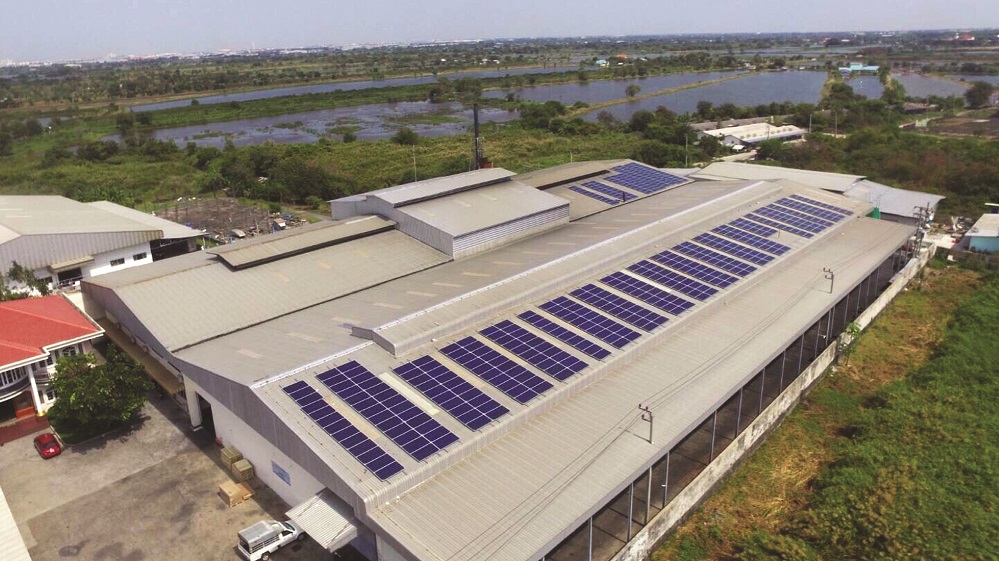
EXPANDING REACH
Thailand offers a robust ecosystem for establishing a proofof- concept model. The country’s well-integrated tyre industry supply chain provides an ideal environment to demonstrate the feasibility and scalability of a closedloop recycling model. GRE aims to leverage this position by expanding its production capacity in Thailand, focusing on both domestic supply and exports.
The next five to 10 years will see GRE doubling its current maximum capacity to 26,000 tonnes with a clear strategy to expand the applications of its products. Once the model is fully operational in Thailand, GRE and Marubeni plan to adapt and replicate it in other regions, with Japan being a key target. Marubeni’s extensive network and expertise will play a pivotal role in expanding into Japan and potentially beyond the Asia-Pacific.
While the tyre industry remains the primary consumer of rCB, GRE is also exploring other markets.
Trelleborg Tires Retains Crown As Brazil's Best Agriculture Tyre
- By TT News
- December 07, 2025
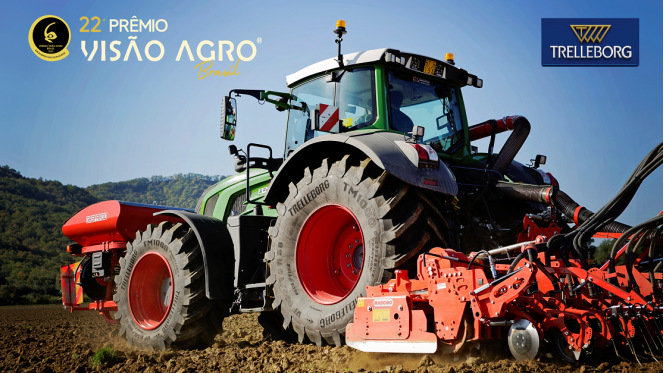
For the second consecutive year, Trelleborg Tires has earned the prestigious title of Best Agriculture Tyre at the 22nd Visão Agro Brazil Awards. This 2025 accolade, presented during a ceremony in Ribeirão Preto, highlights the company’s dedicated role in advancing Brazilian agribusiness through technological leadership and a commitment to sustainable practices. The award was received on behalf of the company by Fábio Metidieri, Agri Sales Director for Yokohama TWS Brasil.
Central to this achievement is Trelleborg’s ongoing innovation, particularly the expansion of its ProgressiveTraction technology within the TM tyre series. This engineering, featured in models from the row-crop TM600 to the high-horsepower TM1000, utilises a dual-edge lug design. The tread operates progressively on the soil to enhance traction, promote self-cleaning and minimise vibration. The resulting benefits include improved operational efficiency, increased tyre durability and superior soil protection, directly supporting farmers’ goals for greater productivity and environmental stewardship.
The company’s deep roots in Brazil, supported by a specialised local team, rigorous field testing and strong manufacturer partnerships, ensure its solutions are finely tuned to regional demands. This local infrastructure allows for responsive technical service and keeps product development closely connected to the practical challenges faced by the agricultural sector. The Visão Agro Brazil Awards, judged by a panel of industry executives and researchers, serve as a recognised benchmark for innovation and performance, making this recognition a significant testament to Trelleborg Tires’ impact on the country’s farming landscape.
Metidieri said, “Receiving this award at such a prestigious event once again reinforces our commitment to Brazilian agriculture. Our goal is to keep advancing in technology and field performance, ensuring that every Trelleborg tyre delivers real value – helping farmers operate more efficiently, sustainably and profitably. This award reflects the trust placed in our team and our products by professionals throughout the sector. It strengthens our commitment to delivering technologies that address local challenges and help shape the future of Brazilian farming.”
Premium Makeover
- By Sharad Matade
- December 05, 2025
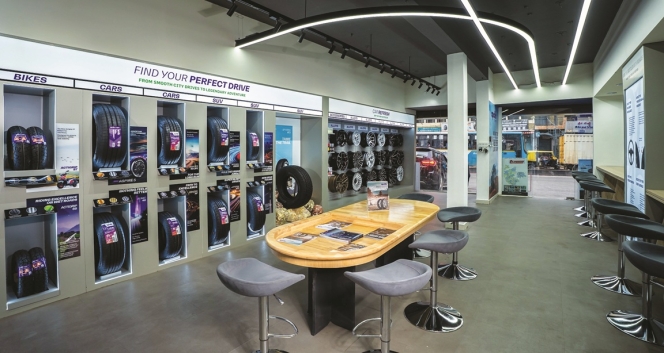
India’s tyre retail industry is undergoing a dramatic makeover, moving far beyond the cluttered workshops and transactional buying of the past. Fuelled by rising demand for premium vehicles, digital-first customers and stronger export momentum, tyre makers are transforming retail spaces into sleek, immersive experience centres. What was once a routine utility purchase is rapidly evolving into a premium, advisory-led mobility experience designed for a new generation of motorists.
India’s tyre retail scene is shifting gears, leaving behind the era of crowded workshops and impersonal counters. In their place, manufacturers are rolling out sleek, thoughtfully designed, tech-powered spaces that echo the luxury of high-end car showrooms. What started as a few bold pilots in big cities has quickly become the go-to playbook for tyre brands eager to win over a new generation of savvy, comfort-loving, digital-first customers.
From urban to rural areas, this transformation reveals a profound change in how Indians approach mobility. Today’s motorists – especially those behind the wheel of SUVs, luxury sedans and electric cars – want more than just a tyre swap. They crave expert advice, a polished atmosphere and a shopping experience that reflects the elegance of their vehicles. Once a utilitarian afterthought, tyre retail is now emerging as a coveted part of the automotive journey.
Strong OEMs and replacement demand in both domestic and export markets underpin the transition.
In FY 24-25, tyre exports from India surged by nine percent year-on-year to INR 251 billion, according to data released by the Ministry of Commerce. With an estimated annual turnover of INR 1 trillion and exports exceeding INR 250 billion, the Indian tyre industry stands out as one of the few manufacturing sectors in the country with a high export-to-turnover ratio.
Though tyre exports have hit a speed bump due to higher US tariffs on select categories of Indian tyres compared to those of competing nations, the long-term prospects for the Indian tyre industry remain strong. According to a joint report by ATMA and PwC India titled ‘Viksit Bharat 2047: Vision and Roadmap for the Indian Tyre Industry’, India’s tyre production volumes are projected to grow nearly fourfold by 2047, while industry revenues are expected to expand almost 12 times to about INR 13 trillion.
Against this backdrop, tyre makers are modernising aggressively to retain customers and build a more profound emotional affinity. The broad shift is visible in how retailers are reinventing their spaces. Lounges with crafted lighting, upholstered seating, minimalist décor and large digital walls are replacing traditional steel racks and dusty counters. Informational murals and heritage display trace decades of tyre innovation, strengthening brand storytelling. Stores increasingly feature curated experience zones where customers can explore tyre technologies, EV-compatible profiles, eco-friendly materials and performance characteristics through visual displays and interactive tools.
A clear sign of this trend is the rise of personalised, advisory-led engagement, replacing the old dependence on technicians. Retailers now profile driving habits, terrain usage, daily distance and vehicle type to recommend tyres customised to each consumer’s pattern. This service-led model is shifting the customer’s mindset from price-first decision-making to long-term value evaluation.
The new premium outlets are designed to deliver a lifestyle-driven, hospitality-grade experience rather than a traditional tyre shop visit. Customers receive personalised mobility recommendations tailored to their vehicle, driving style and needs, supported by smart service innovations like intelligent product selection, quick-fit services and digital scheduling. The space also acts as a community hub for driving enthusiasts, creating a connected ecosystem around the brand. With lounge-style comfort, immersive storytelling and specialised tyre and service packages for luxury and performance vehicles, the outlet blends convenience, premium care and brand-centric offerings into an elevated customer experience.
“Customer experience at the point of sale is another branding exercise poised to change buyer characteristics. Multi-brand outlets often commoditise the tyre-buying experience. That’s why companies are launching exclusive brand outlets with curated customer experiences. Over the next decade, new delivery models will emerge,” said Kavan Mukhtyar, Partner and Leader – Automotive, PwC India.
Apollo Tyres articulates this change as a move towards lifestyle-led retailing. Its new super-premium outlets have been built not as showrooms but as emotionally resonant spaces.
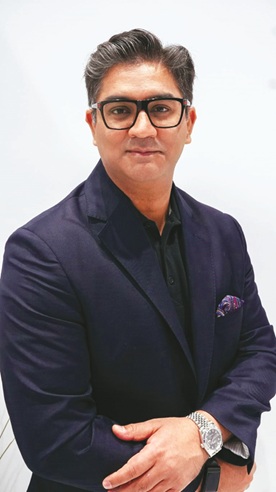
Udyan Ghai, Group Head of Marketing at Apollo Tyres, explained that the company’s new retail architecture is anchored in long-term strategic priorities: “Our move to a lifestyle-led, immersive tyre retail format is driven by our own desire for premiumisation and category leadership. We are looking at elevating tyre retail in India by setting new benchmarks and shifting from commodity selling to a premium, lifestyle-driven experience.”
He said the brand aims to ‘emotionally engage with customers, offer tailored solutions, build a community of driving enthusiasts and tap into premium segments – all while delivering a differentiated, modern retail experience’.
Ghai believes retail ambience plays a decisive role in influencing perception. “A relaxed and well-designed lounge signals comfort, trust and premium value,” he said, adding that such environments elevate tyres from a mundane requirement to a core element of vehicle care and identity.
Digital transparency, he believes, is the second pillar of modern tyre retail. “Digital systems ensure transparency and help demystify tyre selection – tread patterns, speed ratings, durability and fitment. Consumers feel less dependent on a technician’s word and more in control, which boosts their confidence and perceived fairness,” Ghai said.
Customers today are inundated with choices, and digital systems, he said, turn tyre buying into an ‘informed, personalised decision’, comparable to selecting a smartphone, a pair of performance shoes or even a detailed insurance plan. According to Ghai, this new retail model is ‘a strategic investment in the future of mobility retail’, designed to be scalable and to support community-building events, workshops and enthusiast interactions. As India moves towards EVs and connected cars, he said these premium outlets will provide EV-focused tyre expertise, interactive digital tools and personalised recommendations that appeal to younger, digitally savvy motorists.
CEAT shares a similar philosophy. Its national retail revamp focuses heavily on digital immersion, consistent messaging and design-led layouts. Lakshminarayanan B, the company’s Chief Marketing Officer, said the modernised CEAT Shoppes are fundamentally reshaping the category.
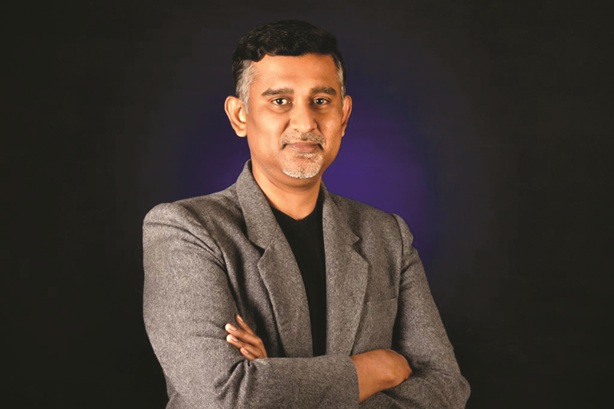
“The modern layouts and digital integration in CEAT Shoppes are revolutionising the tyre-buying experience, making it more experiential and customer-centric,” he said, adding that these updated outlets elevate the experience, build trust through uniform communication and drive decisions by reducing ambiguity around features and value.
Lakshminarayanan highlighted CEAT’s attempt to harmonise customer experience across demographics: “The approach in urban markets through premium stores, product offerings and services is to create access and aspiration for premium customers. The same is replicated in upcountry markets also.”
The CEAT Executive said the company is building for a future where personalisation will be the defining characteristic of tyre retail. “CEAT is focused to drive the future of tyre retail through end-to-end personalisation,” he said.
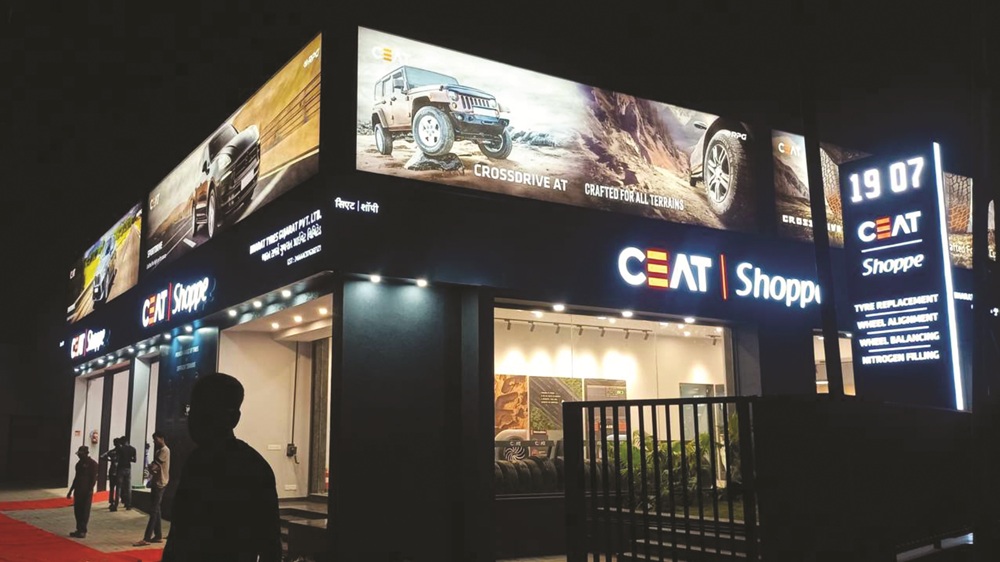
As experiential retail takes hold, service portfolios inside tyre stores are expanding faster than ever. Advanced wheel balancing, laser-driven alignment systems, nitrogen inflation, premium alloy wheel installations, EV-oriented tyre consultations, digital appointment scheduling and real-time tyre-health diagnostics are now standard. Many outlets also provide car detailing, interior cleaning, ceramic coating, PPF application, brake checks, battery inspections and multi-point vehicle health reports, making them full-fledged mobility centres.
Global players have pushed the envelope even further. Michelin’s 25,000-square-foot Experience Store in Nashik features a heritage wall and innovation displays showcasing electric mobility, materials science and environmental responsibility. It houses precision wheel-alignment bays, detailing studios, and accessory galleries. “We are proud to unveil Michelin’s first Experience Centre in India. The sole purpose of this store is to go beyond traditional tyre retail and provide customers with an immersive experience of the brand,” said Shantanu Deshpande, Managing Director of Michelin India.
Continental Tyres is also strengthening India’s premium retail ecosystem through its CPD outlets, which include ambient lounges, diagnostic equipment, premium alloy wheels and digitally enabled guidance. “With our new CPD store in Indore, we bring Continental’s promise of safety, innovation and comfort closer to Madhya Pradesh’s clients,” said Samir Gupta, Managing Director of Continental Tyres India. He added that the brand’s ‘In the Market, For the Market’ approach is central to its retail expansion strategy.
Even in rural markets, tyre retail is becoming more formalised, structured and service-oriented. JK Tyre’s ‘Steel Wheels’ format is targeted at towns with populations under 100,000 and offers standardised layouts, value-added services, best-in-market pricing and instant claim facilities. “Our Rural expansion programme will help us reach the interiors of the real Bharat that is economically vibrant but often underserved. We are not just building retail points; we are also enabling entrepreneurship and access,” said Managing Director Anshuman Singhania.
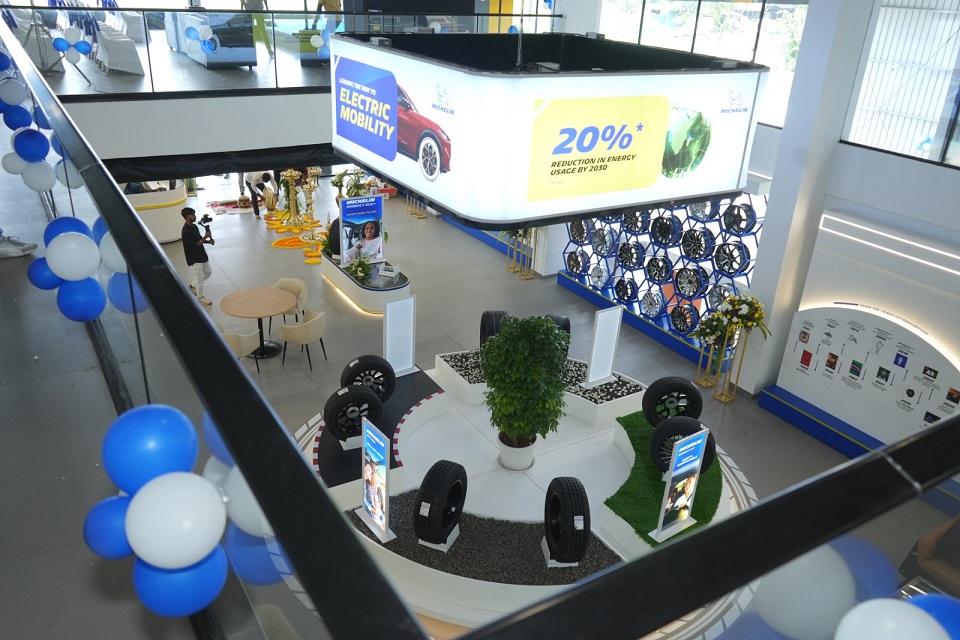 Together, these developments mark a decisive shift in how tyre brands engage customers. Tyre stores are increasingly functioning as lifestyle environments, designed for comfort, informed decision-making, personalisation, transparency and community. The industry is moving away from a product-first mindset to a customer-experience-led philosophy.
Together, these developments mark a decisive shift in how tyre brands engage customers. Tyre stores are increasingly functioning as lifestyle environments, designed for comfort, informed decision-making, personalisation, transparency and community. The industry is moving away from a product-first mindset to a customer-experience-led philosophy.
As premium cars, SUVs and EVs become mainstream, and as younger motorists prioritise digital empowerment and ambience, tyre retailers are aligning with these new expectations. India’s tyre makers are building a retail landscape where experiential engagement, technology integration, service breadth and emotional connection define long-term brand success.
For an industry long anchored in grease, metal and functionality, the transformation is profound. Tyre retail in India is no longer just about fitment; it is becoming a premium mobility experience, curated for a generation that demands clarity, comfort and an elevated relationship with every aspect of vehicle ownership.
Kumho Tire To Build First European Plant In Poland With $587mln Investment
- By TT News
- December 05, 2025
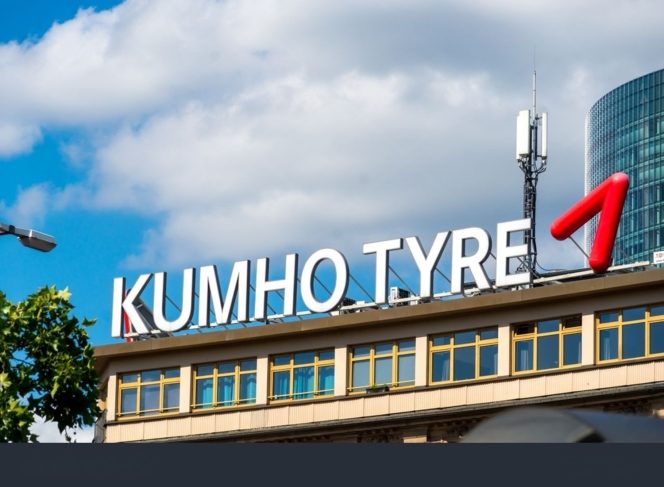
Kumho Tire will establish its first European manufacturing plant in Poland’s Opole region as the South Korean company seeks to expand its position in one of the world’s largest tyre markets.
The group said the factory is scheduled to begin initial operations in August 2028, subject to investment approval and licensing. Kumho plans to produce 6m units annually in the first phase and expand capacity in line with demand. Total planned investment is USD 587 million.
Kumho has spent recent years evaluating multiple European locations, including Poland, based on logistics, labour availability, infrastructure, market access and investment incentives. The company said Opole was selected as the optimal site owing to supply-chain stability within the EU and the region’s supportive operating conditions.
Europe accounts for about a quarter of global tyre consumption and is home to several major automotive manufacturers. The region represented roughly 26.6 per cent of Kumho’s sales last year. The company has previously relied on exports to serve European customers, which it said limited its competitiveness in the market.
The new plant is intended to strengthen Kumho’s ability to supply high-value-added products, including high-performance and larger-diameter tyres, to European vehicle makers.
Kumho currently operates eight production sites across South Korea, China, the US and Vietnam, with combined annual output of 65 millionunits. The Polish plant will complete what the company describes as a production network spanning Asia, Europe and North America.
Jung Il-taek, Kumho Tire’s Chief Executive, said: “The European market occupies a very important strategic position in the global tire industry,” adding that “Kumho Tire will go beyond simple exports and dramatically enhance premium brand value by strengthening quality and service competitiveness through local European production and supply.”
Tyre Stewardship Australia Appoints David Fraser As Chair As David Spear Steps Down
- By TT News
- December 04, 2025
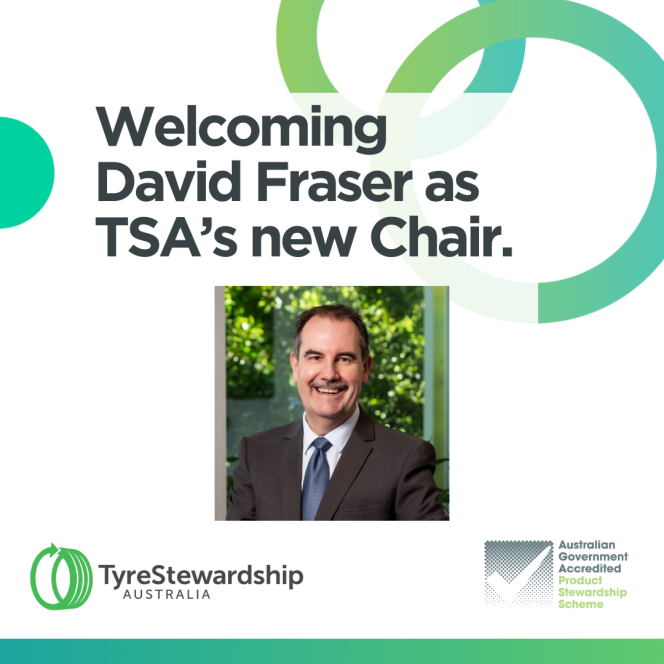
Tyre Stewardship Australia has appointed David Fraser as its new chair, succeeding David Spear after nine years in the role during a period of regulatory and industry change in the country’s tyre-recycling sector.
Spear’s departure closes what the organisation described as a challenging yet incredibly important chapter for its efforts to advance circular outcomes for Australia’s end-of-life tyres. TSA, an industry body backed by government and sector participants, oversees the national stewardship scheme and promotes recycling and re-use pathways for waste tyres, an area facing increasing scrutiny under Australia’s environmental and product-stewardship policies.
In a statement, TSA said it “thank[s] him for his unwavering support and dedication to driving circular outcomes for Australia’s end-of-life tyres”.
Fraser, a TSA director since 2023, brings experience in governance and compliance. He joins at a time when Australian states are tightening environmental standards and seeking to reduce landfill through higher recycling targets. TSA said Fraser has “deep understanding of our strategy, our challenges and the opportunities ahead”.
The organisation added: “We look forward to his leadership as TSA enters its next chapter.”
TSA also expressed appreciation to Spear “for your contribution and support of our mission”, and welcomed Fraser, saying it is “excited and ready for what lies ahead”.


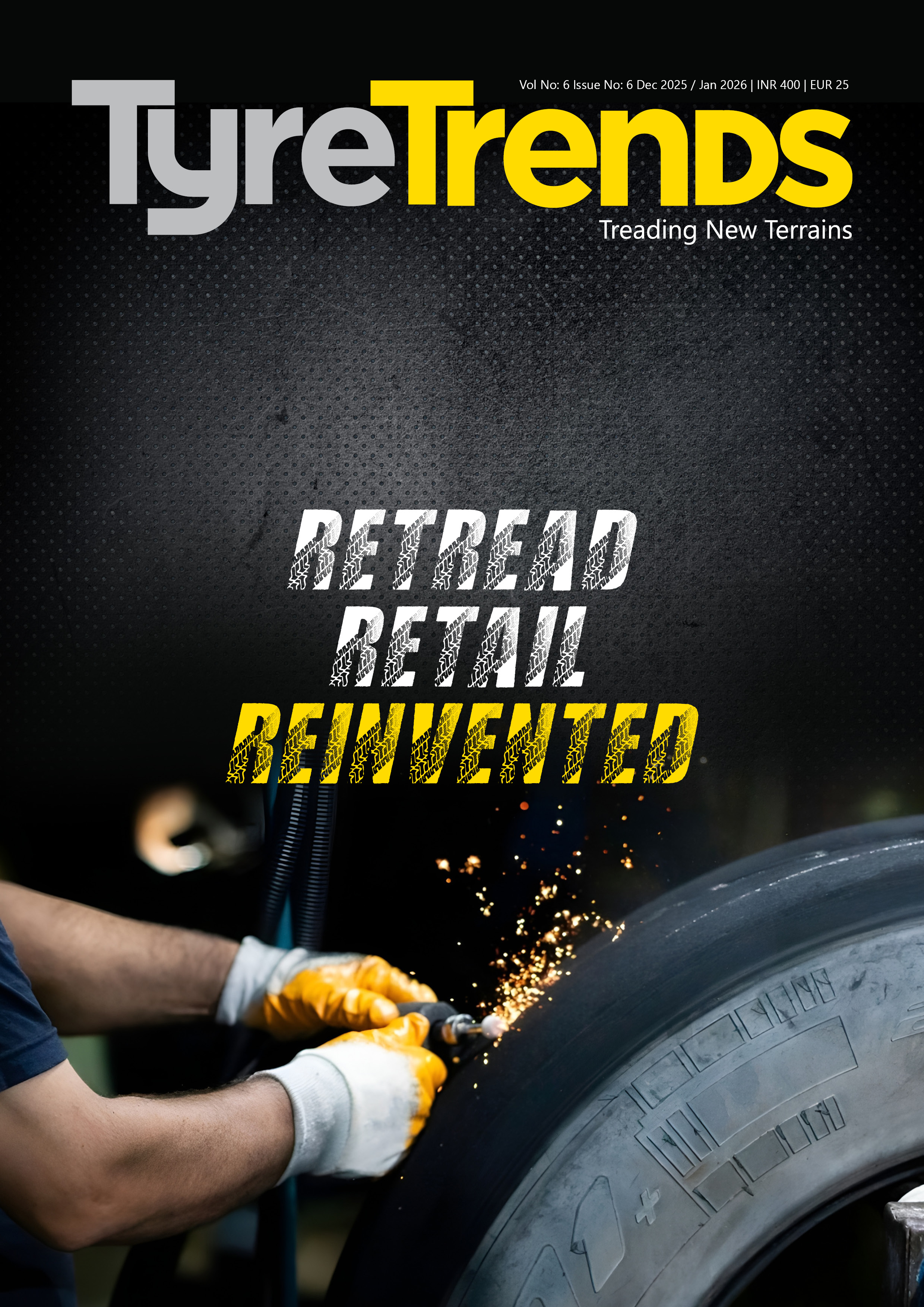

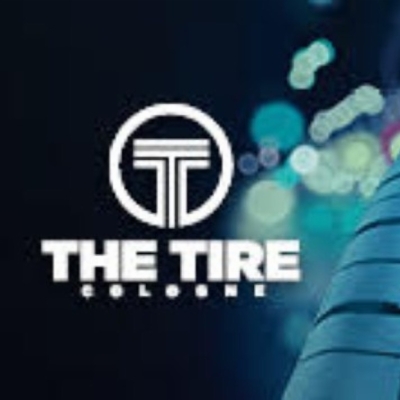


Comments (0)
ADD COMMENT